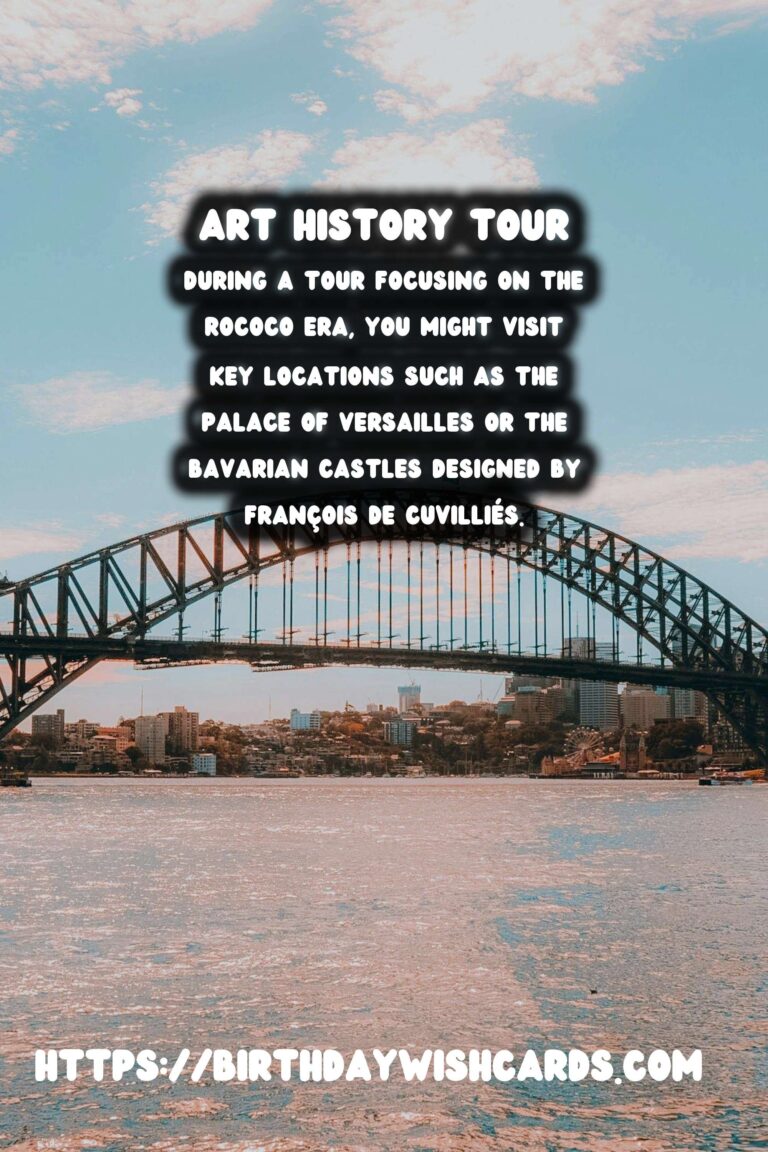
Art history tours offer a unique journey into the past, providing a glimpse of humanity’s cultural evolution. Among the most fascinating periods to explore are the Rococo and Neoclassical eras, each with distinct styles and historical significance.
Understanding the Rococo Era
The Rococo period, originating in early 18th century France, is synonymous with elegance and ornate detail. Known for its lightness, elegance, and exuberant use of curves, Rococo art features intricate embellishments and pastel colors. It reflects the social atmosphere of the time, often depicting aristocracy at leisure.
During a tour focusing on the Rococo era, you might visit key locations such as the Palace of Versailles or the Bavarian castles designed by François de Cuvilliés. These sites exemplify the grandeur and charming nuances of the Rococo style.
The Neoclassical Movement
As a reaction to the Rococo’s perceived extravagance, the Neoclassical movement emerged in the mid-18th century. Inspired by the classical art and culture of Ancient Greece and Rome, Neoclassicism emphasized simplicity and symmetry. It was part of a broader cultural shift towards Enlightenment ideas, favoring reason and order.
Visitors on a Neoclassical art history tour might explore the pantheon of Neoclassical architecture, from the U.S. Capitol to the Pantheon in Paris. These structures illustrate the strength and clarity of the Neoclassical aesthetic.
Comparing Rococo and Neoclassical Art
Despite their differences, Rococo and Neoclassical styles share a profound influence on the development of modern art. While Rococo is playful and decorative, Neoclassicism represents a revival of classical ideas reborn in the context of modernity. This juxtaposition provides rich material for art historians and enthusiasts alike.
A practical art history tour might start with a visit to art museums showcasing both styles, such as the Louvre in Paris or London’s National Gallery, offering a comprehensive education in the evolution of European art.
Planning Your Art History Tour
Art history tours can be tailored to different interests. Whether you choose to focus on architectural sites, museum collections, or both, planning your tour with expert guides can enhance your experience. Look for tours that offer interactive elements, such as lectures from art historians or participatory workshops, to deepen your understanding.
The bridge between the Rococo and Neoclassical periods is more than a shift in artistic taste. It represents a pivotal transition in cultural priorities, driven by changing political, social, and technological landscapes. By immersing yourself in these eras, you enhance your appreciation of art’s ability to reflect and shape human history.
Art history tours offer a unique journey into the past, providing a glimpse of humanity’s cultural evolution. During a tour focusing on the Rococo era, you might visit key locations such as the Palace of Versailles or the Bavarian castles designed by François de Cuvilliés. 
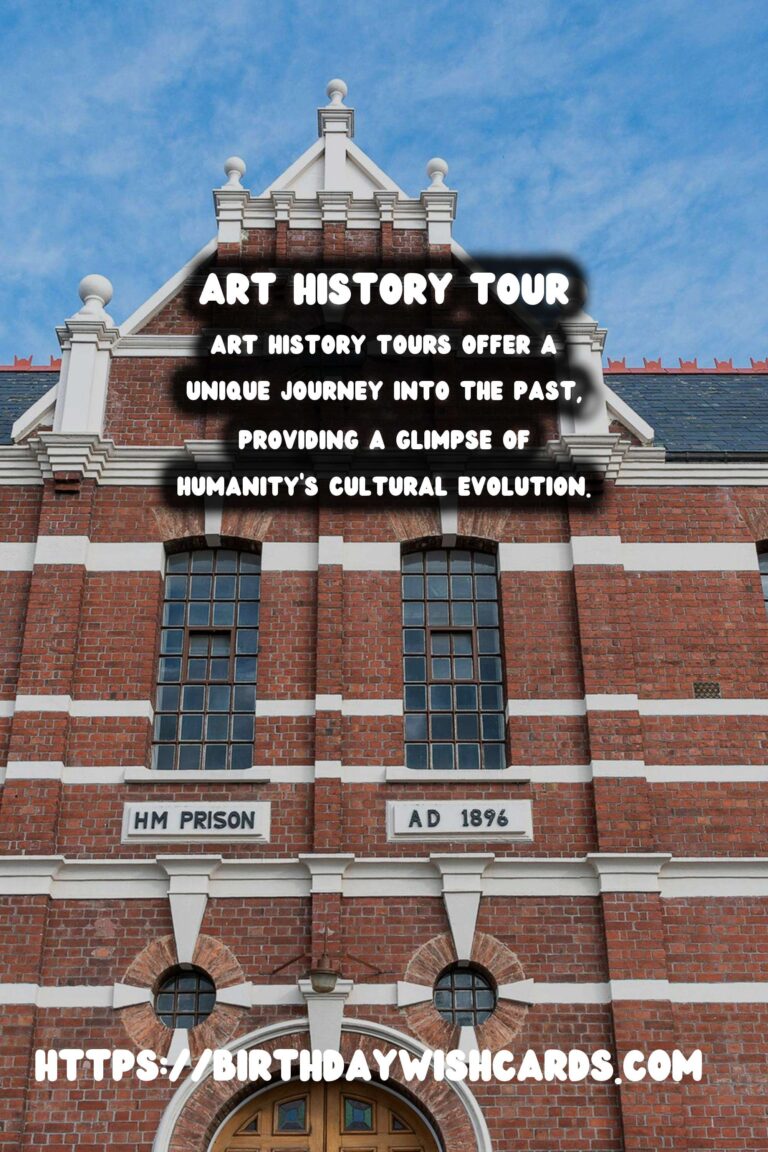
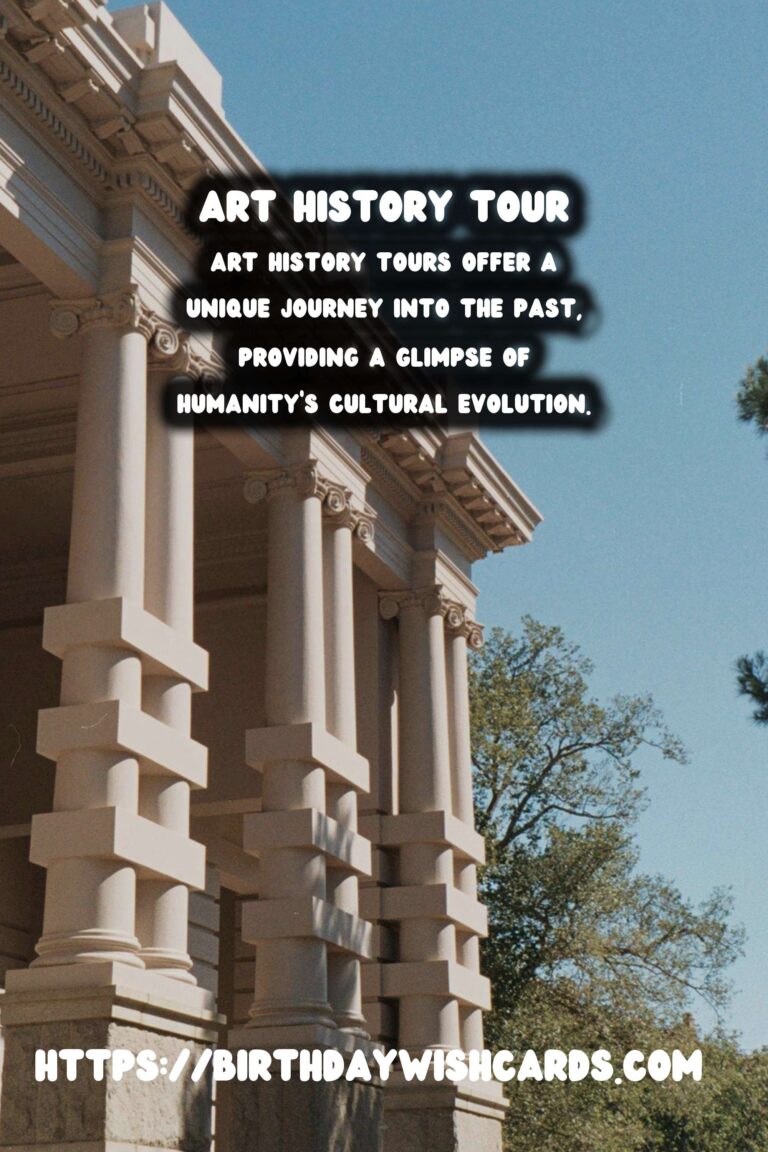
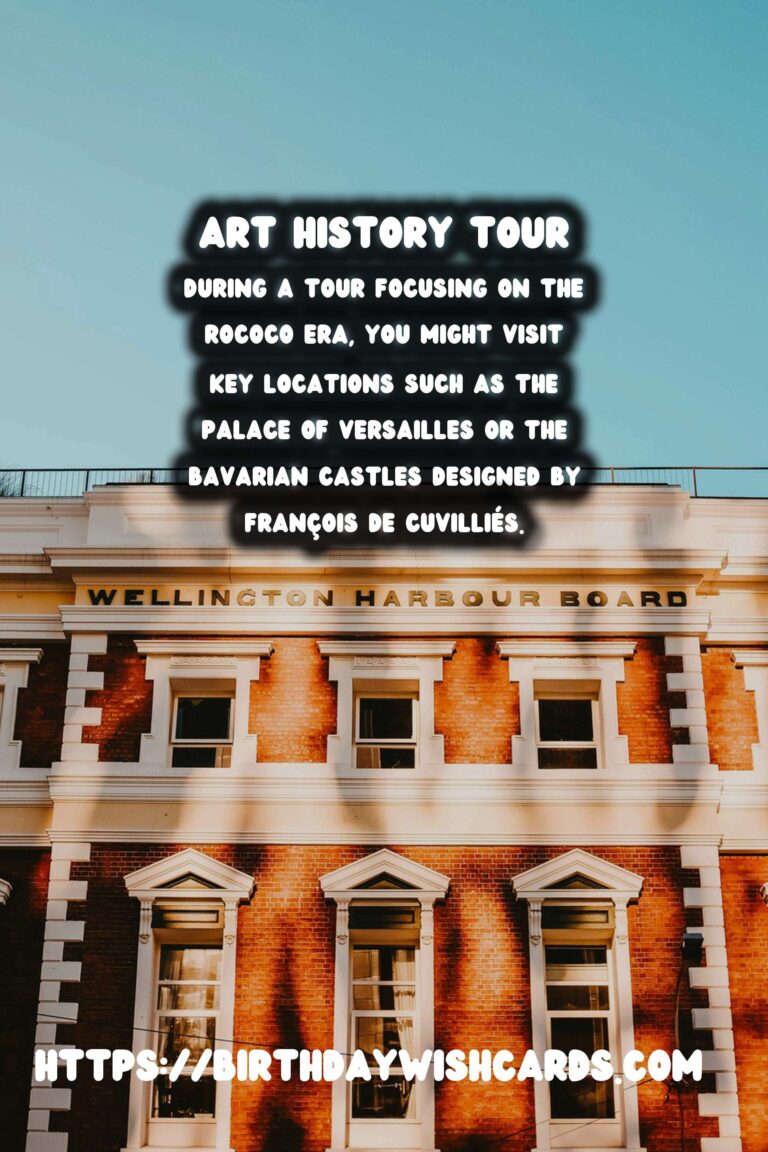
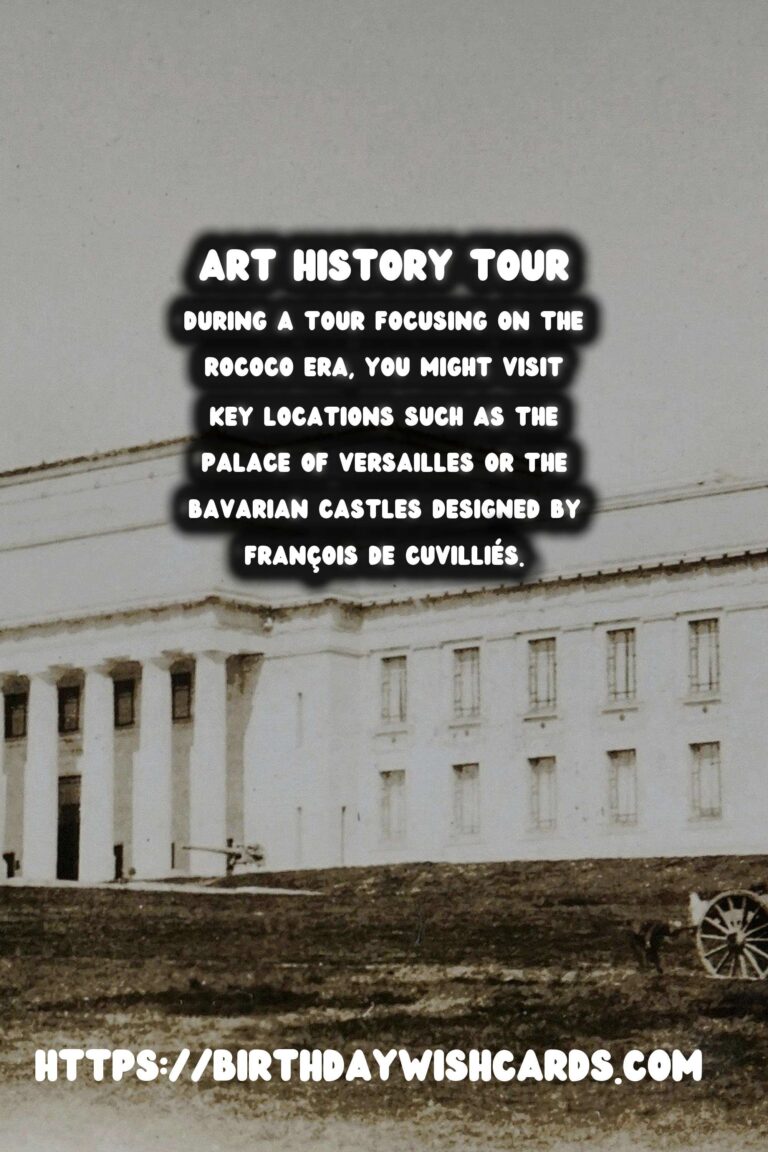
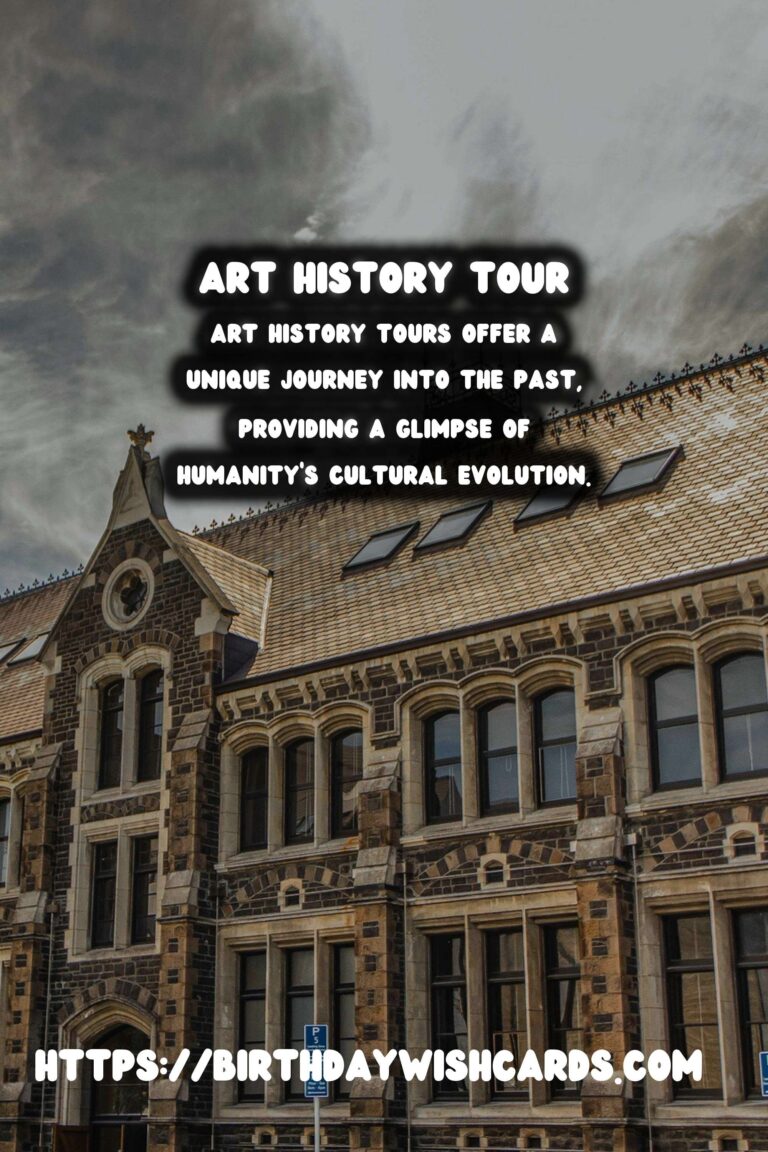
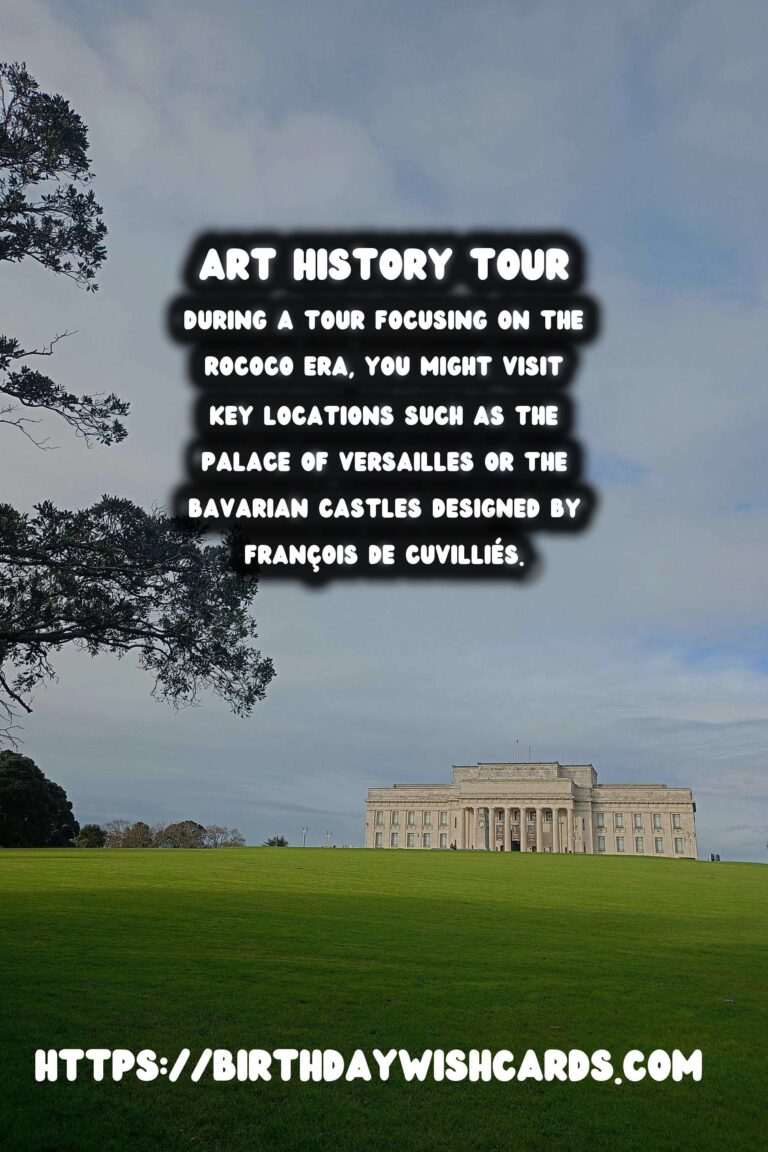
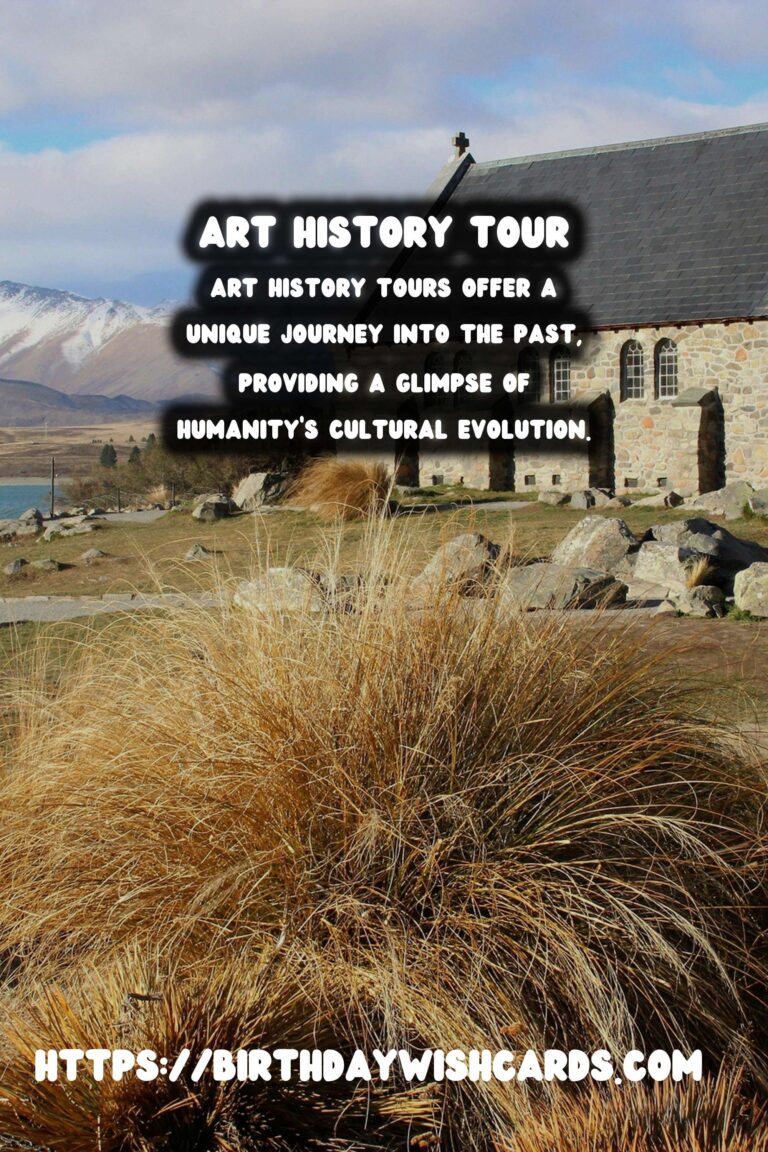
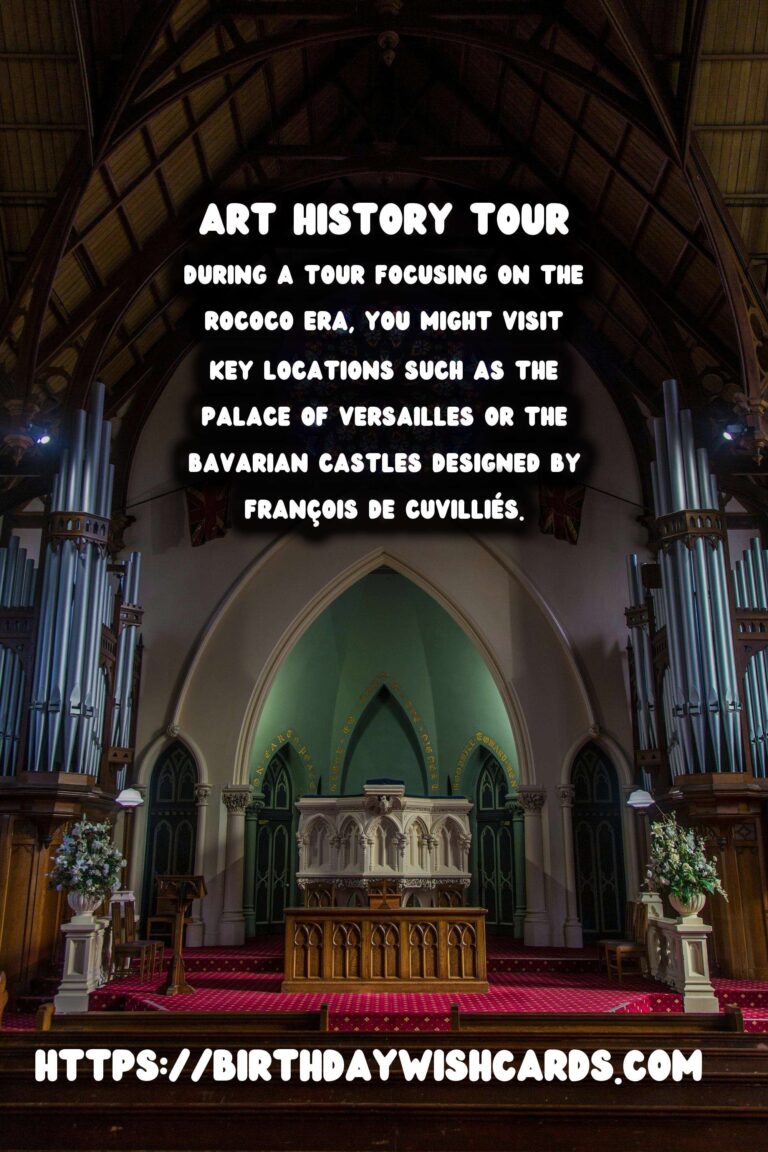
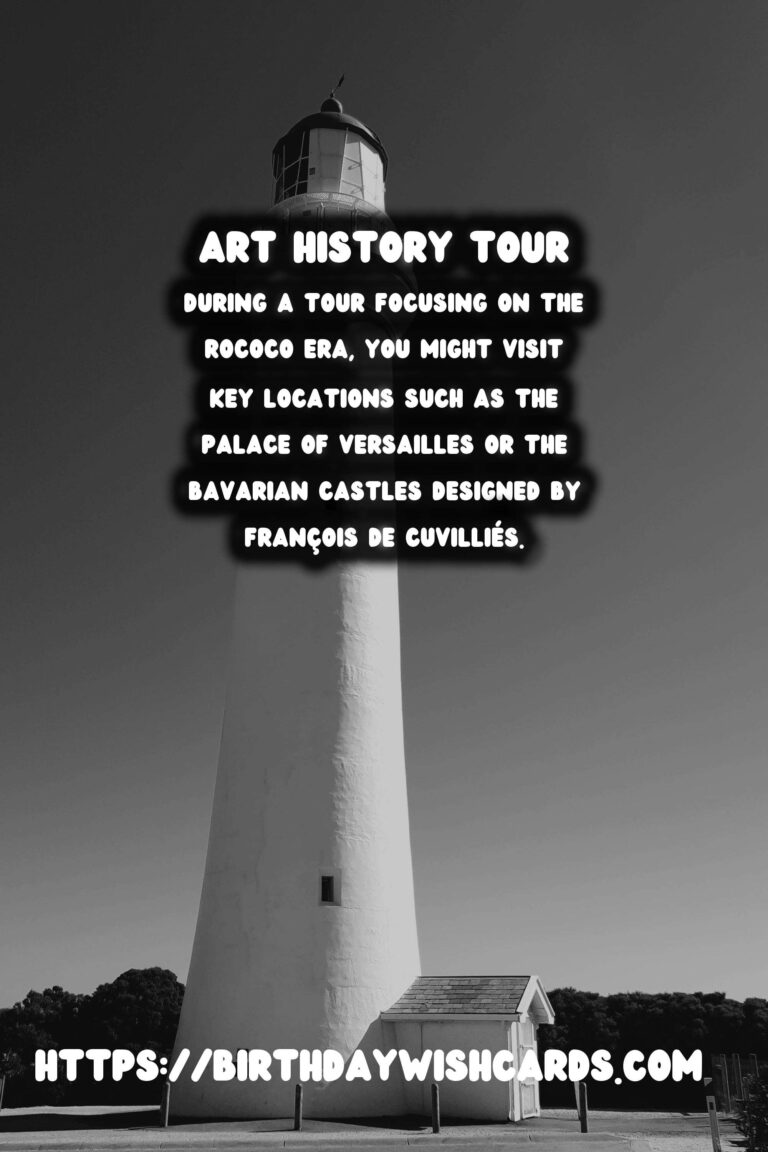
#ArtHistory #RococoNeoclassical




